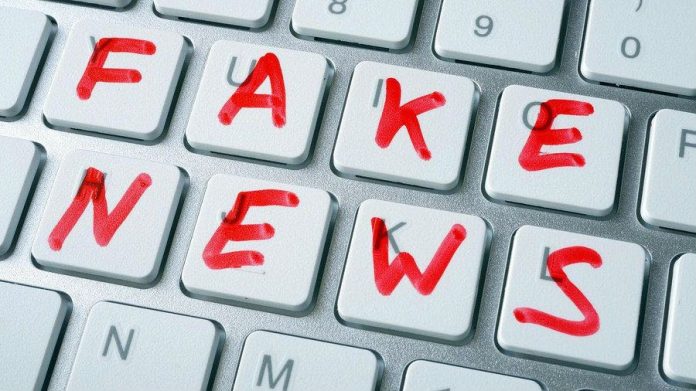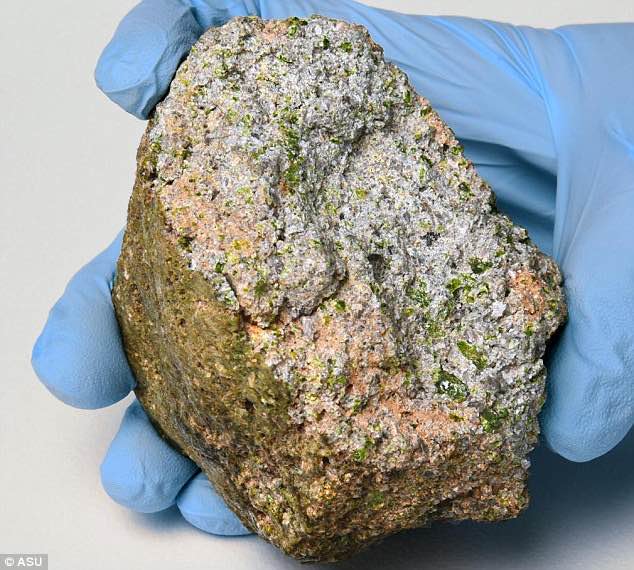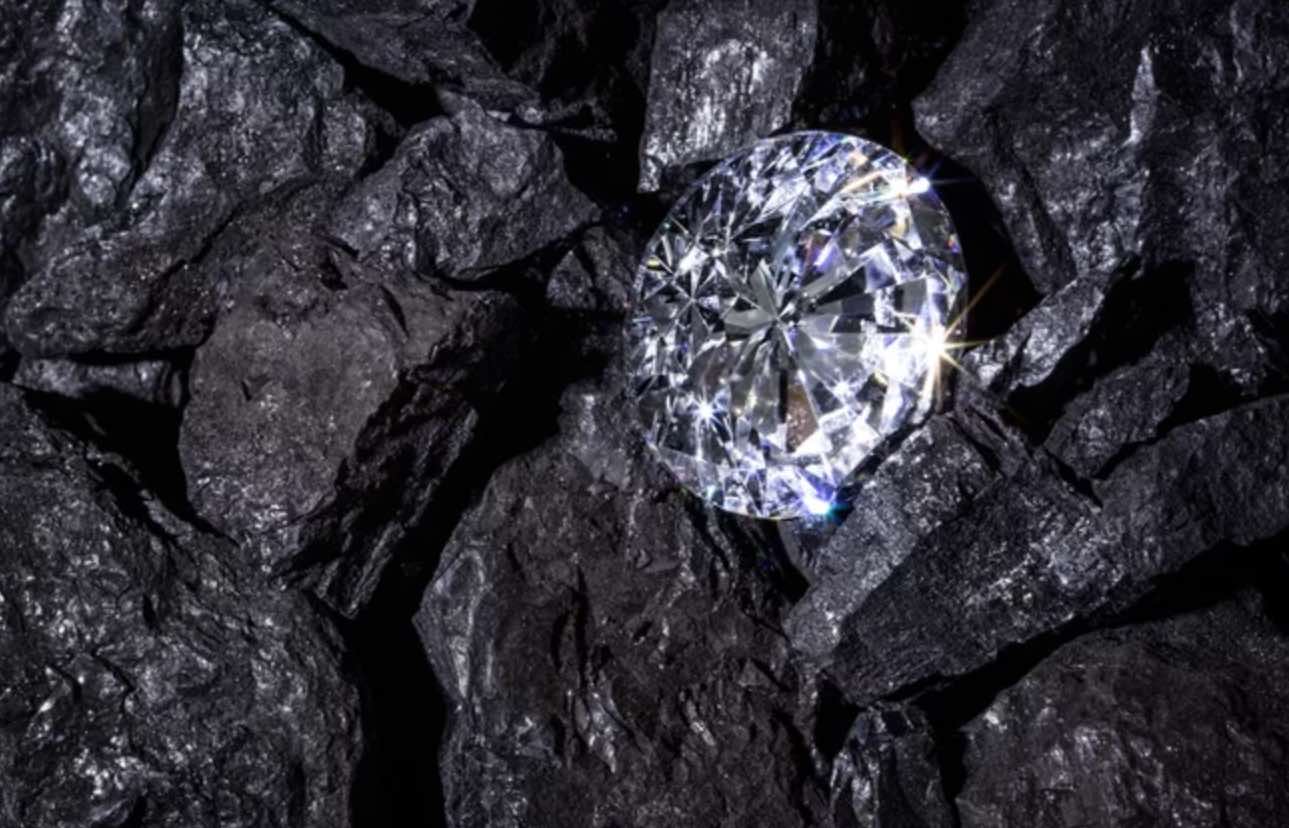A study released Wednesday found that Americans 65 and older were four times more likely to share fake news on social media than younger people during the 2016 election season.
The first major study to look at who is sharing links from debunked sites also found that not many people are doing it. On average, about one person out of 12 shared false information during the 2016 campaign, according to the study, published in the journal Science Advances. Those doing it tend to be older and more conservative.
“For something to be viral, you’ve got to know who shares it,” study co-author Jonathan Nagler, a politics professor and co-director of the Social Media and Political Participation Lab at New York University told The Associated Press. “Wow, old people are much more likely than young people to do this.”
When other demographic factors and overall posting tendencies are factored in, the average person 65 and older shared seven times more false information than those between 18 and 29. The seniors shared more than twice as many fake stories as people between 45 and 64 and more than three times that of people in the 30- to 44-year-old range, said lead study author Andrew Guess, a politics professor at Princeton.
Older people are more likely to share fake news from fake domains, but Nagler suggested that it could be due to lower levels of digital literacy in that age group.
Republicans and conservatives were also more likely to share fake news, but the study suggests that this was due to the fact that the majority of fake news in 2016 was promoting then-presidential candidate Donald Trump.
The survey was conducted in the months before and after the 2016 presidential election. About 1,300 people shared their Facebook timelines with researchers from New York University’s Social Media and Political Participation Lab and Princeton University. The respondents also provided their age, ideology and political party.













